


Published by American Palate
A Division of The History Press
Charleston, SC
www.historypress.net
Copyright 2016 by David Cathey
All rights reserved
Front cover, top left: photo courtesy Oklahoma Historical Society; top middle: photo courtesy Oklahoma Historical Society; top right: photo courtesy Rick Bayless; bottom: photo courtesy Kyle Anderson.
First published 2016
e-book edition 2016
ISBN 978.1.62585.668.5
Library of Congress Control Number: 2016947532
print edition ISBN 978.1.46711.921.4
Notice: The information in this book is true and complete to the best of our knowledge. It is offered without guarantee on the part of the author or The History Press. The author and The History Press disclaim all liability in connection with the use of this book.
All rights reserved. No part of this book may be reproduced or transmitted in any form whatsoever without prior written permission from the publisher except in the case of brief quotations embodied in critical articles and reviews.
CONTENTS
ACKNOWLEDGEMENTS
This book was almost as labor-intensive as it was rewarding. It is about heroes of hospitality, but this project required its own heroes, starting with the team at Arcadia/The History Press, who stuck with me through what at times felt like a dogfight with fate. Special thanks to Candice Lawrence for her patience and diligence and Rick Delaney for his meticulous editing. But the biggest heroes were my wife and kids, who somehow managed to survive incessant conversations about long-gone cafeterias, burger and barbecue joints, pizza places and tearooms for the better part of the nine months it took to gestate and bear this book. Thanks Lori, Luke and Kate. I love you.
Special thanks to the Oklahoma Historical Societys Rachel Mossman, Bob Blackburn at the Oklahoma History Center, the Oklahomans archivist Linda Lynn and the support of my editors Matt Price, Clytie Coppell and Kelly Dyer Fry. Without the volumes of coverage provided by the Oklahoman and Oklahoma Times from people like Ivy Coffey, Ann DeFrange, Max Nichols, John Denton, Tricia Pemberton, Melba Lovelace and Robert E. Lee, this book wouldnt have been possible. I also relied on coverage from our other fine local publications, where I count many friends at the Journal Record and the Oklahoma Gazette. Thanks also to Becky Rickard, historian for Sonic Drive-ins. And a special thanks to chef John Bennett, local restaurant historian and catering ace Kyle Anderson and faithful reader and friend Glen Cosper for their contributions.
Finally, thanks to the hundreds of readers who contacted me to share their stories about dining in Oklahoma City.
INTRODUCTION
Covering Oklahoma City dining since 2008 has afforded me the chance to cross paths with a motley group of dedicated professionals. No two operators have the same back story, but they share a common goal: delivering memorable flavors in a hospitable setting. Its a good thing they also share an otherworldly work ethic, because thats what it takes to have any chance to survive as a restaurateur.
But that work ethic is only the foundation. To succeed takes timing, determination and skill. In compiling this book, I didnt have the space to recount every success story in the history of Oklahoma City dining. That wouldve taken a volume five times larger than this.
For this book, Ive tried to focus on the enduring names of Oklahoma City dining. What I found is that to endure in this business, and probably any other, a concept must be able to evolve. In some cases, evolution is subtle, but other establishments have endured thanks to wholesale changes. In the end, the hearts and minds behind that evolution have found a way to connect with the hearts and minds of their diners.
In researching this book, numerous stories were unearthed that I plan to share in my capacity as food editor at the Oklahoman and aggregate online (www.theoklahoman/dave-cathey). While I wish each great story couldve fit in these pages, I look forward to sharing even more over the years to come.
Long before Kurt Fleischfresser established an apprenticeship program at the Coach House, a tiny woman from Kansas developed a system of operation to support an ambitious idea to turn cafeteria dining into an occasion. And when it succeeded, she courageously embraced those who followed her lead as colleagues rather than competitors. The result was an unprecedented affinity for cafeteria dining that Oklahoma City diners showed for nearly a century in close to forty locally founded concepts that served the community for a combined three-hundred-plus years.
Luis and Maria Alvarado began a similar pay-it-forward mentality in 1937 when they opened El Charro, which would evolve into El Charrito and become the seed from which the vast majority of the citys Mexican restaurants would grow.
Beverly Osborne would survive the Great Depression by striking gold with an idea to franchise fried chicken to save his fledgling waffle shop and grow into a nationwide operation that would land him in Time magazine. But Osborne didnt take his secrets to the grave, partnering with Randy Shaw in the 1950s while having a hand in at least 50 restaurants during his career.
These pages will not, nor could they, document every restaurant that ever opened in Oklahoma City. Space constraints wont even allow it to share every detail of every historic restaurant that ever existed in Oklahomas capital city. The book focuses on the placesand the people behind themthat earned their way into history through excellence, endurance and legacy.
 Part I
Part I 
FROM BIRTH TO BAD TO WORSE
Chapter 1
DOWNTOWN ENDURANCE
Ahodgepodge of opportunity seekers and carpetbaggers came to the prairie as Oklahoma City was forming. Pushcarts and nondescript structures promising a hot meal were among the first to sell food for profit in town. As statehood arrived and the capital moved, the citys first enduring eateries opened.
KAISERS
Kaisers makes the best ice cream in the world!
Chef John Bennett, to the wedding party for Phila Cousins,
Julia Childs niece, in Sausalito, California, mid-1970s
Kaisers Ice Cream is probably the most enduring brand in local dining, but its popularity is related almost solely to the quality of the product. Founder Tony Kaiser didnt conjure the magical recipes for the iconic ice cream, nor did he ever fully realize its potential as a business, but the publics love for the product has kept it alive for more than a century.
Kaiser opened his establishment in 1910, a time when dining options were primarily limited to breakfast, sandwiches, hamburgers, steaks, cutlets, frankfurters and the occasional oyster loaf.
The grandson of a famous purveyor of baked goods and confections in Chur, Switzerland, Kaiser left Europe the same year Sooners ran roughshod over open prairie in Oklahoma. But Kaisers new life in the United States began in Dubuque, Iowa, before he followed so many others to chase the promise of the up-and-coming prairie town shortly before it became the state capital.
Next page
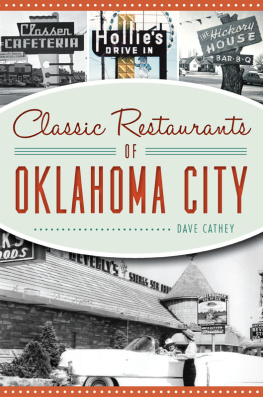

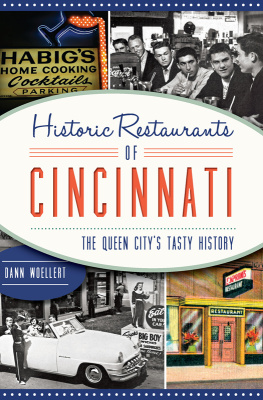
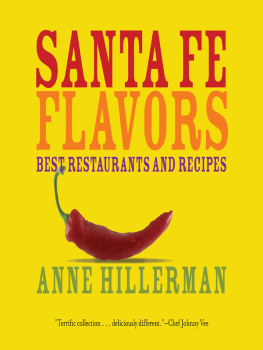
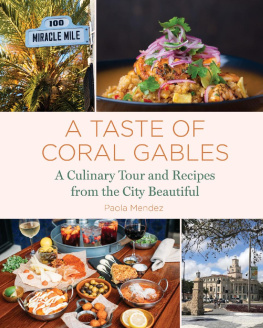
![Waring Todd - Oklahoma City: [what the investogation missed-- and why it still matters]](/uploads/posts/book/242598/thumbs/waring-todd-oklahoma-city-what-the.jpg)

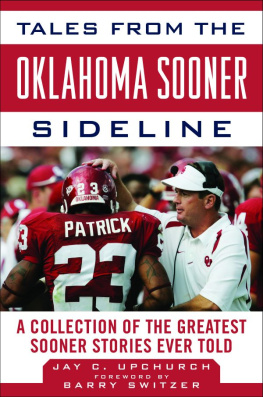
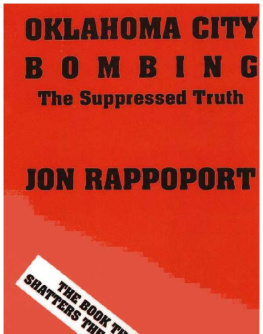
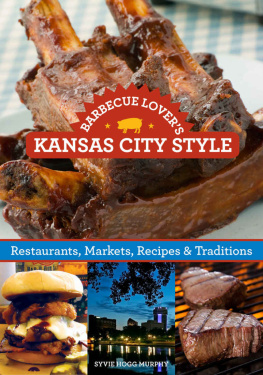
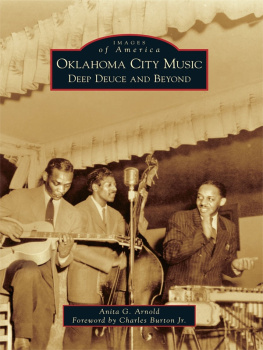




 Part I
Part I